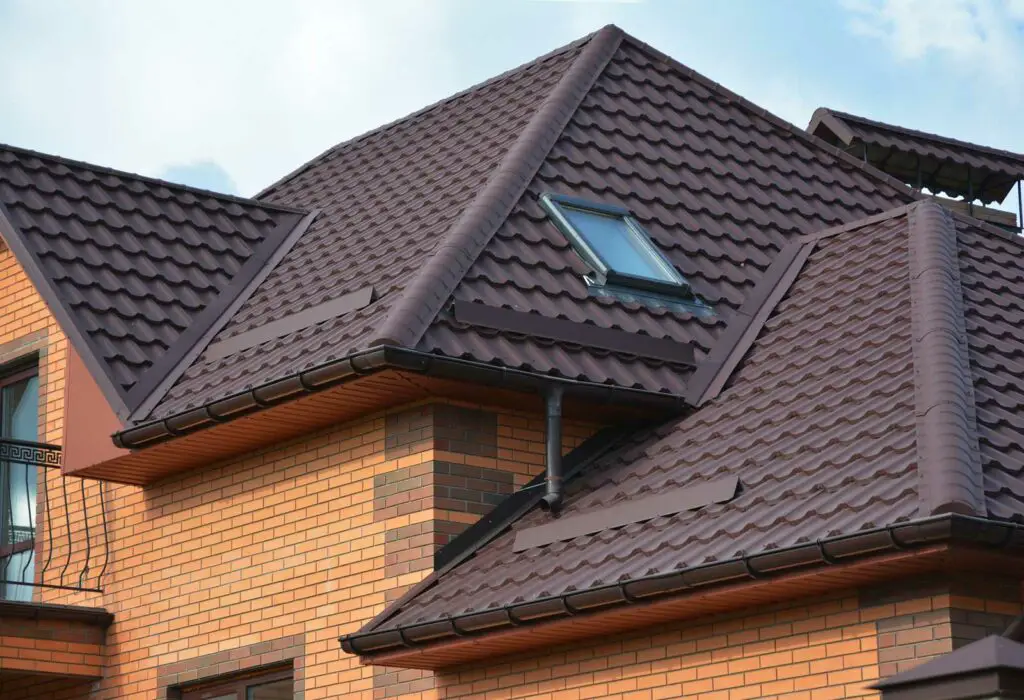When we were working on doing our remodel I remember one of the engineers talking about hip roofs vs. gable roofs for one of the sections where we were making an addition.
I was thoroughly confused. I had no idea what one was vs. the other. But once he explained it, it all finally made sense.
So what is a hip roof?
A hip roof is a type of roof design where all sides of the roof slope downwards to the walls, with each slope having an equal length. The slope is gentle, usually not more than a 45-degree angle. This design makes hip roofs more stable and resistant to strong winds, as the roof is supported on all sides by the walls of the building. Hip roofs are commonly used in areas with high winds or hurricanes.
Unlike a gable roof, the hip roof has no vertical ends, and instead has a ridge that runs around the top.
In our situation, we ended up needing a gable roof, not a hip (even though we’ve got other hips on our home) so if you’ve ever been confused about a hipped roof vs. other types of roofs I’ve got you covered!
By the end of this article, you’ll have a better understanding of what makes a hip roof so special and whether it might be the right choice for your own home.
By the way – before we get too far along here, if you want to connect with other homeowners, DIYers, and builders and get more great ideas for your home to make your space the best join my free private Facebook group, Remodel Reality here.
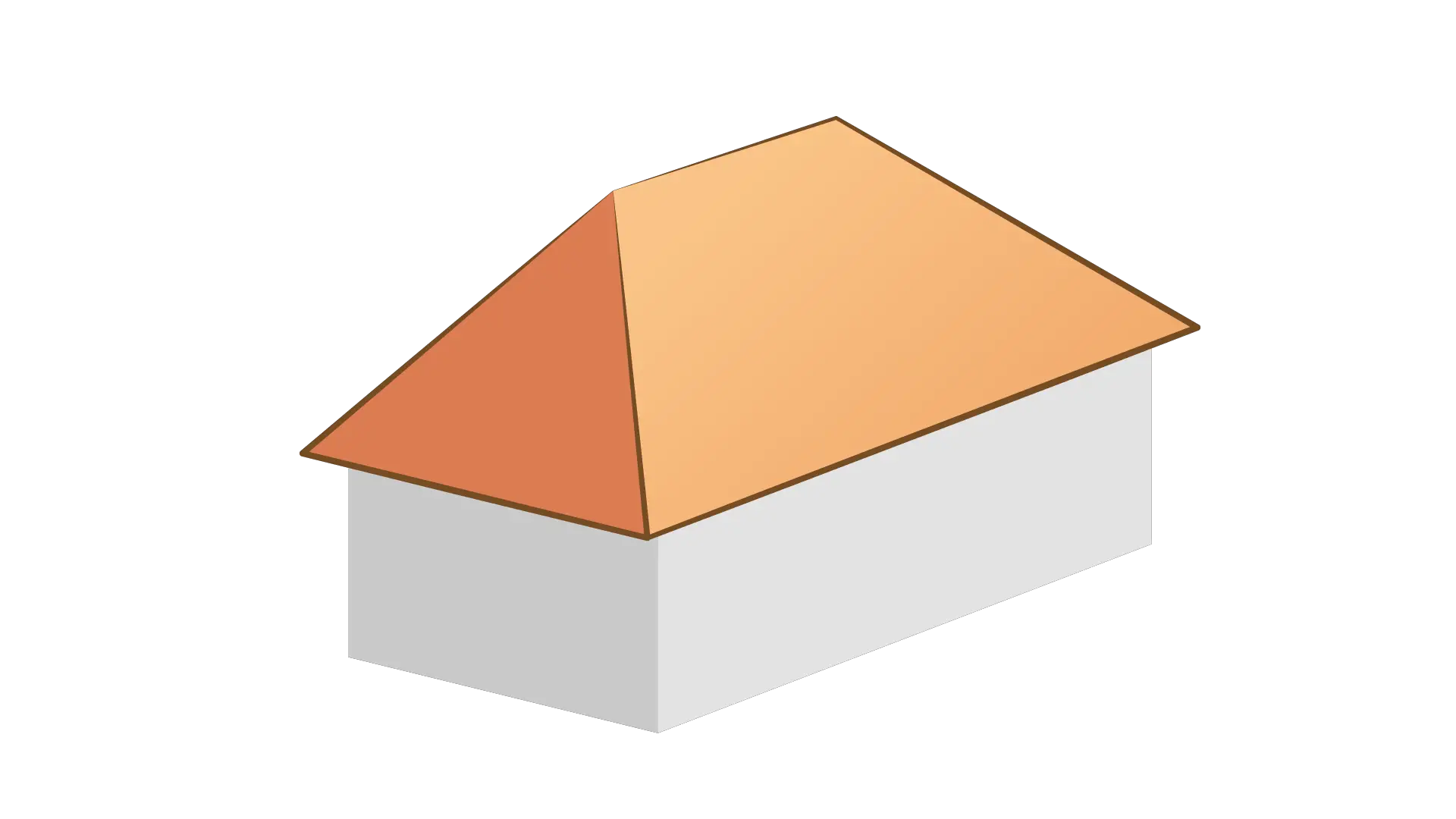 What is a Hip Roof?
What is a Hip Roof?
If you’re looking for a roof that is both structurally sound and wind-resistant, you need to look no further than a hip roof. This type of roof has slopes on all four sides that meet at the top, creating a ridge. Unlike gable roofs, which only have two slopes, the four sloping sides of a hip roof create a pyramid shape.
One reason why hip roofs are so sturdy is because they can distribute weight more evenly across the structure. This makes them particularly well-suited for areas with heavy snow loads or high winds. In fact, many homes in hurricane-prone regions are built with hip roofs to help withstand storm damage.
There are several different variations of hip roofs to choose from. The standard hip roof is the most basic design and features four equal-length slopes that meet at a ridge. The pyramid hip roof has an additional feature where each slope is triangular, creating a pointed peak at the top.
The hip and valley roof combines both types of slopes: hips and valleys form where two sloping sides intersect. Lastly, the half-hip roof is like a standard hip roof but with two sides shortened to create eaves.
Overall, if you want a strong and durable roofing option that can handle harsh weather conditions, consider choosing one of these variations of the versatile and attractive hip roof design.
Why Choose a Hip Roof?
Choosing a hip roof comes with many benefits, making it a popular choice among homeowners. One of the biggest advantages of a hip roof is its structural stability, which is thanks to all four sides of the roof sloping downwards in a triangular shape. This design distributes the weight of the roof more evenly across the walls of the structure, making it ideal for areas that experience heavy winds or extreme weather conditions.
A hip roof also provides superior drainage. Rainwater can easily run off all sides of the roof instead of pooling in one area, reducing the risk of leaks and water damage to your home’s interior. Additionally, hip roofs often provide more attic space than other types of roofs, allowing for additional storage or living space.
Overall, choosing a hip roof means you are investing in a durable and reliable roofing system that can withstand harsh weather conditions while providing greater indoor comfort and functionality.
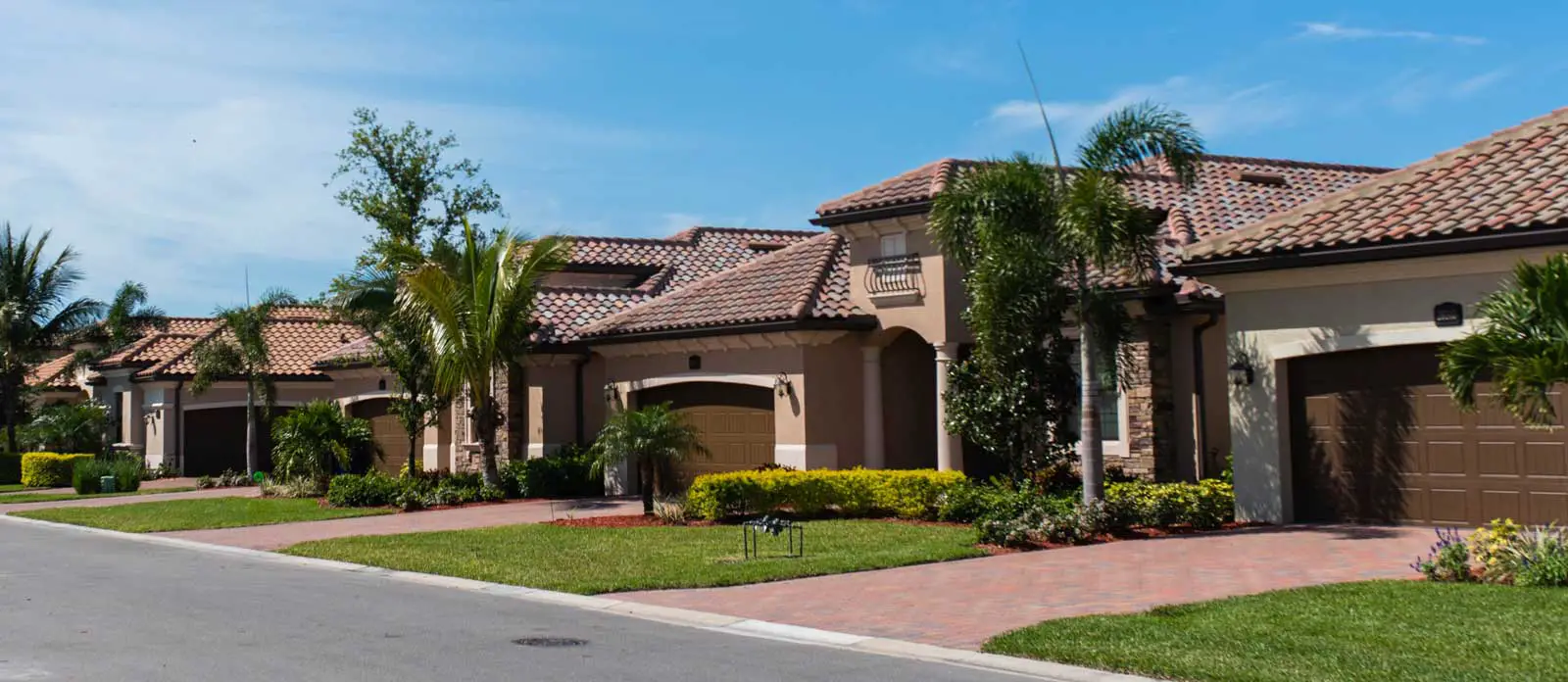 Different Types of Hip Roofs
Different Types of Hip Roofs
Hip roofs are built in several different variations, each with its unique characteristics and features. Here are some of the most common types:
| Type of Hip Roof | Description | Use | Pros | Cons |
|---|---|---|---|---|
| Traditional Hip Roof | Has four sloping sides that meet at the ridge with a uniform angle pitch | Rectangular houses | Classic look, great for high wind areas | Limited attic space, not ideal for heavy snowfall areas |
| Pyramid Hip Roof | All four sides of the roof slope to meet at a single point on top of the structure | Square structures | Simple design, good for small structures | Limited attic space, difficult to ventilate |
| Hip and Valley Roof | Has two perpendicular ridges where the roof planes meet, forming a T or L shape | T or L-shaped houses | Provides variety of design options, good for complex structures | Requires more complex framing, more expensive to build |
| Half Hip Roof | Combines elements of a gable and hip roof, with two sloping sides and two vertical sides with gables | Good for houses with wings or extensions | Adds visual interest, provides better ventilation | More complex framing, may require more maintenance |
| Dutch Gable Roof | Has a hip roof with a small gable at the top | Adds more headroom and living space | Classic and elegant look | Can be more expensive to build |
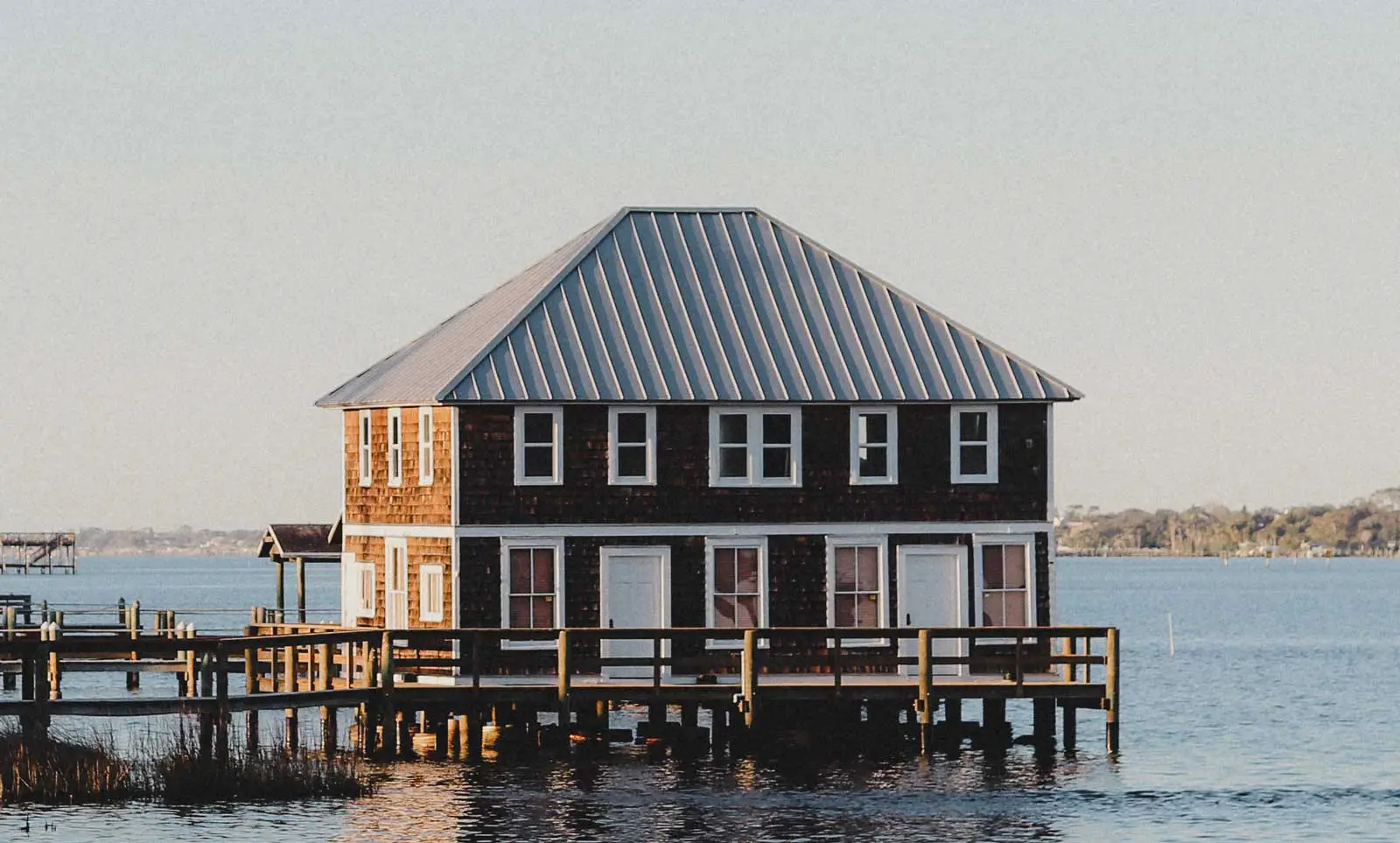 Traditional Hip Roof
Traditional Hip Roof
A traditional hip roof is a type of four-sided roof that has slopes on all sides. Each side of the hip roof is equal in length and meets centrally at a ridge with a 90-degree angle to the walls of the house. One thing that makes this type of roof secure and long-lasting is due to its stability and durability, which are popular characteristics chosen by many homeowners. The point where the slope of the roof links to the wall at the top edge provides extra protection by keeping water out, creating an efficient roofing system.
The traditional hip roof is generally used for rectangular-shaped houses because they rely on a solid structure that distributes weight evenly throughout all four corners, making them sturdy and able to withstand harsh weather conditions. In addition to providing shelter, it also creates additional living space in the attic area. With its classic design and numerous benefits, it’s no wonder why the traditional hip roof remains a popular choice among many homeowners today.
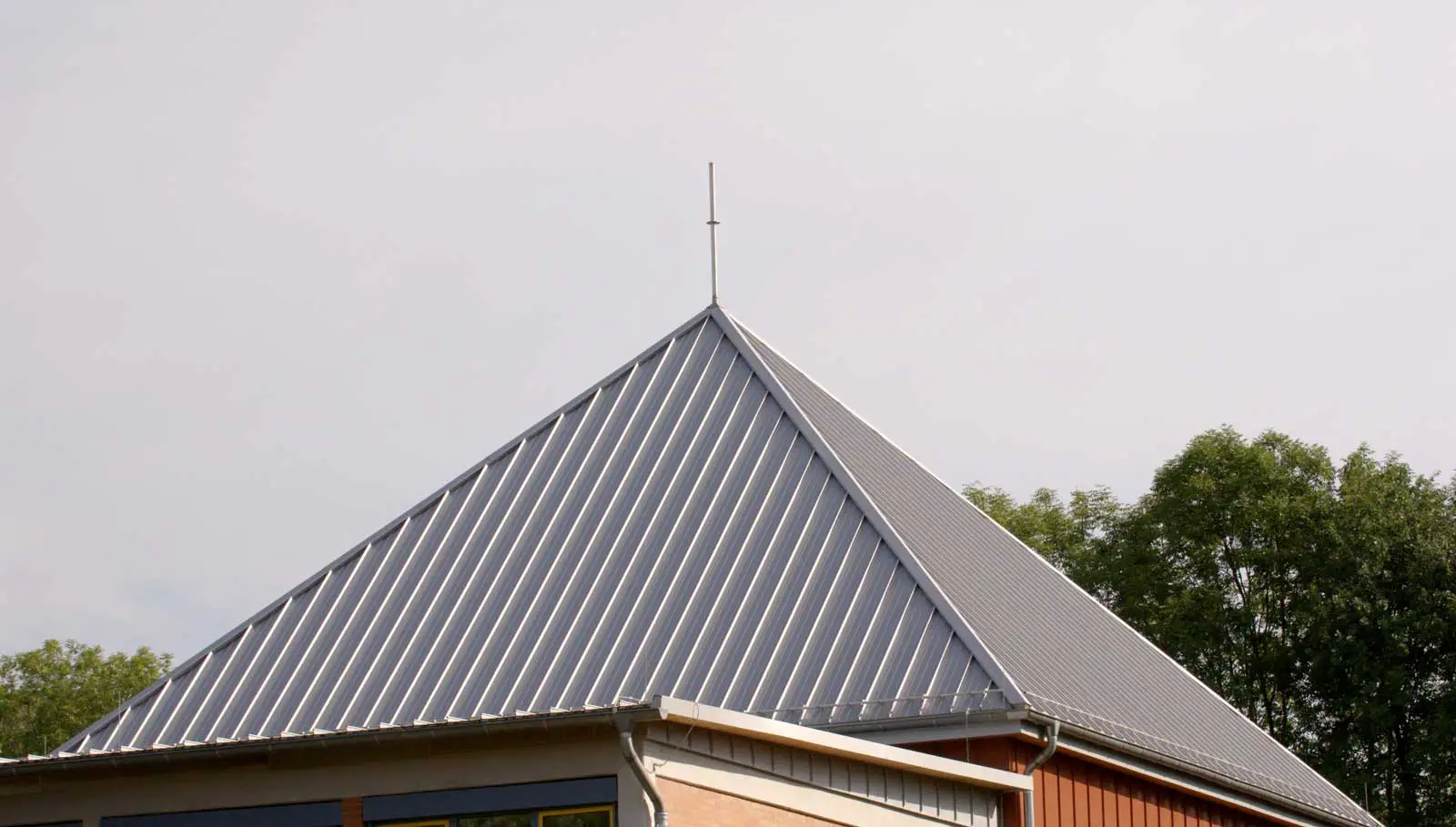 Pyramid Hip Roof
Pyramid Hip Roof
The Pyramid Hip Roof is perfect for square-shaped buildings that require reliable stability and an exceptional design. It shares similarities with the traditional hip roof but stands out for its pointed top that resembles a pyramid, with all slopes meeting precisely at the apex. Wind, rain, or snow are no match for this sturdy roofing style.
Furthermore, this roofing option presents a genuinely stunning appearance to those who prefer an extraordinary look to their house. You can go with either metal or shingle roofing materials for added durability and longevity, depending on your climate conditions and personal preference.
Thanks to its incredibly stable structure, Pyramid Hip Roofs perform phenomenally under environmental stressors such as high winds and heavy loads of snowfall. This superb roofing style has been proven to be one of the most reliable options on the market—reinforced thanks to its four sloping sides working together in unison.
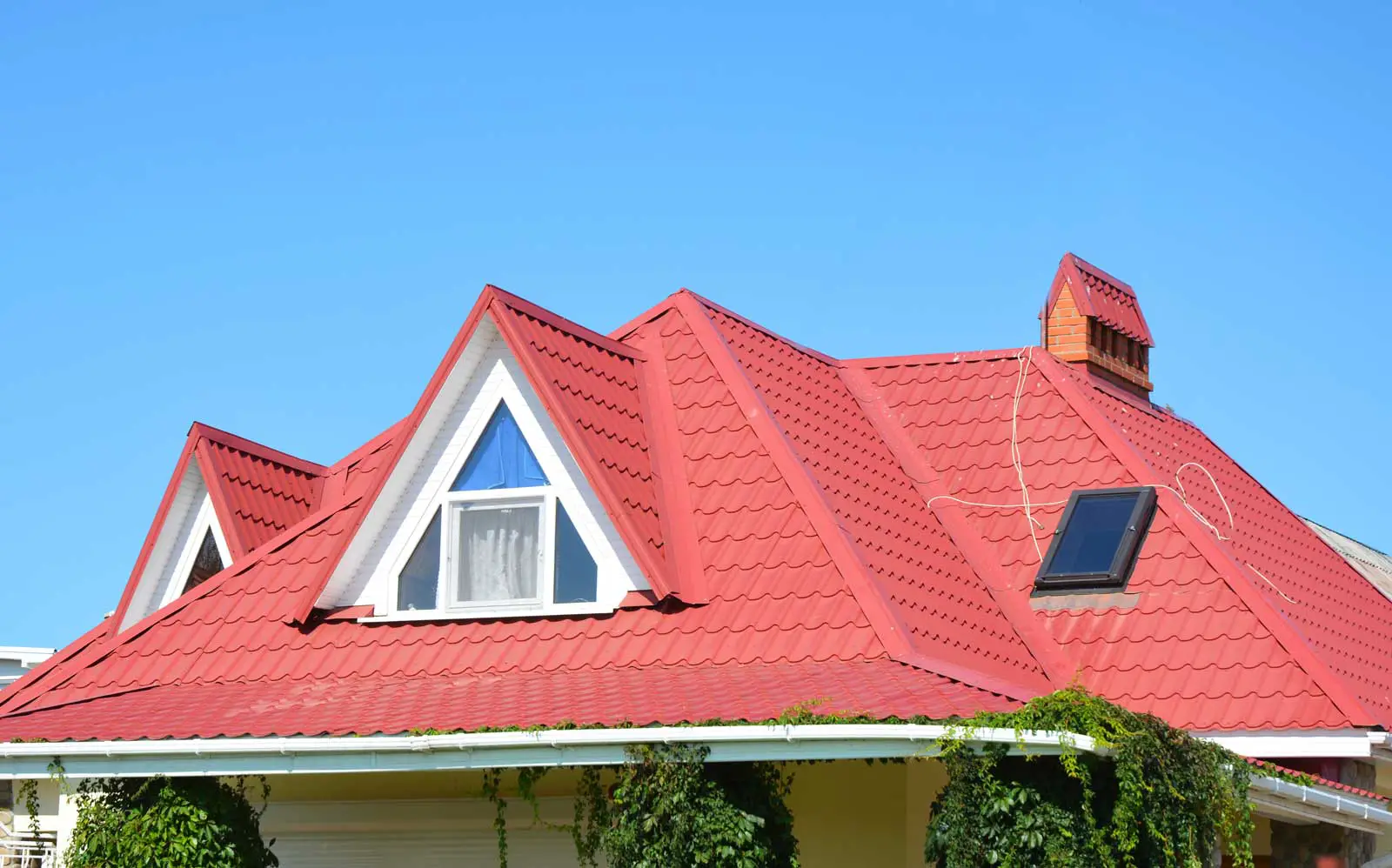 Hip and Valley Roof
Hip and Valley Roof
If you have a T or L-shaped house, then the hip and valley roof may be the perfect roofing option for you. This style of roof is a modified version of the hip roof, and it consists of two or more hip roofs that intersect at a valley. The valley is formed where two sloping sides meet, and it directs rainwater to the gutters for proper drainage.
This type of roof provides an outstanding level of protection against wind and rain, making it particularly suitable for areas with severe weather conditions. Its unique design ensures that no water or snow accumulation occurs on the flat surfaces between valleys.
The hip and valley roof has become increasingly popular due to its exceptional durability, long-lasting performance, and aesthetic appeal. It can also be customized with different materials such as asphalt shingles, metal roofing, tiles or wood shakes to meet your specific requirements.
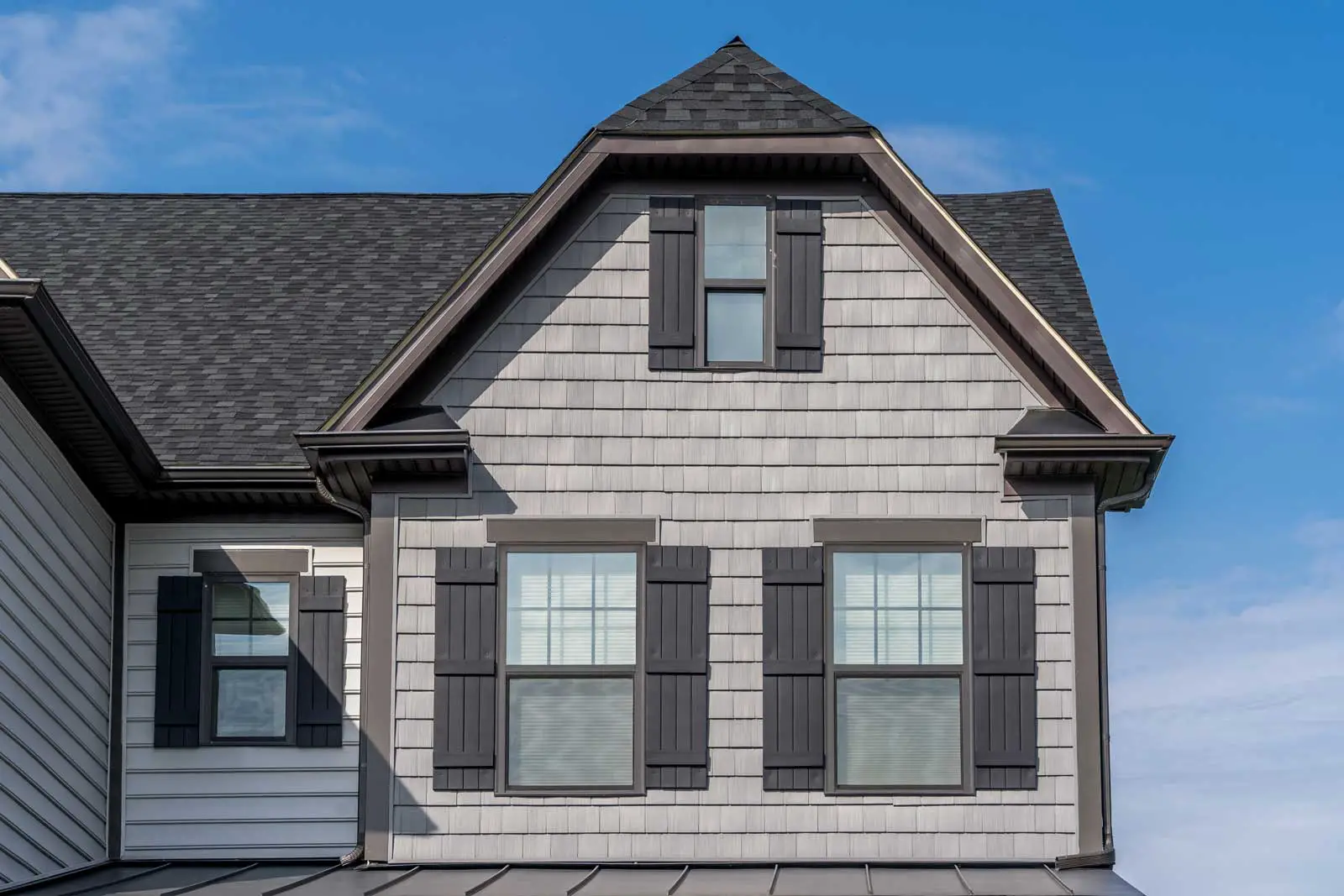 Half Hip Roof
Half Hip Roof
Also known as a clipped gable roof, this style combines elements of both gable and hip roofs. Essentially, the roof has two sides with a gable design and two sides with a hip design. This creates a distinctive look that’s appealing for homes with modern architectural styles.
One interesting aspect of the half hip roof is the fact that the gable ends are cut off slightly shorter than the main roof surface. This creates an unusual and eye-catching appearance that sets it apart from other roofing types.
Despite its unique appearance, there are practical reasons why someone might choose a half hip roof. For example, it can be easier to frame and construct compared to other types of roofs. This means that it may make sense to use this style on homes or buildings where simplicity and ease-of-construction are important factors.
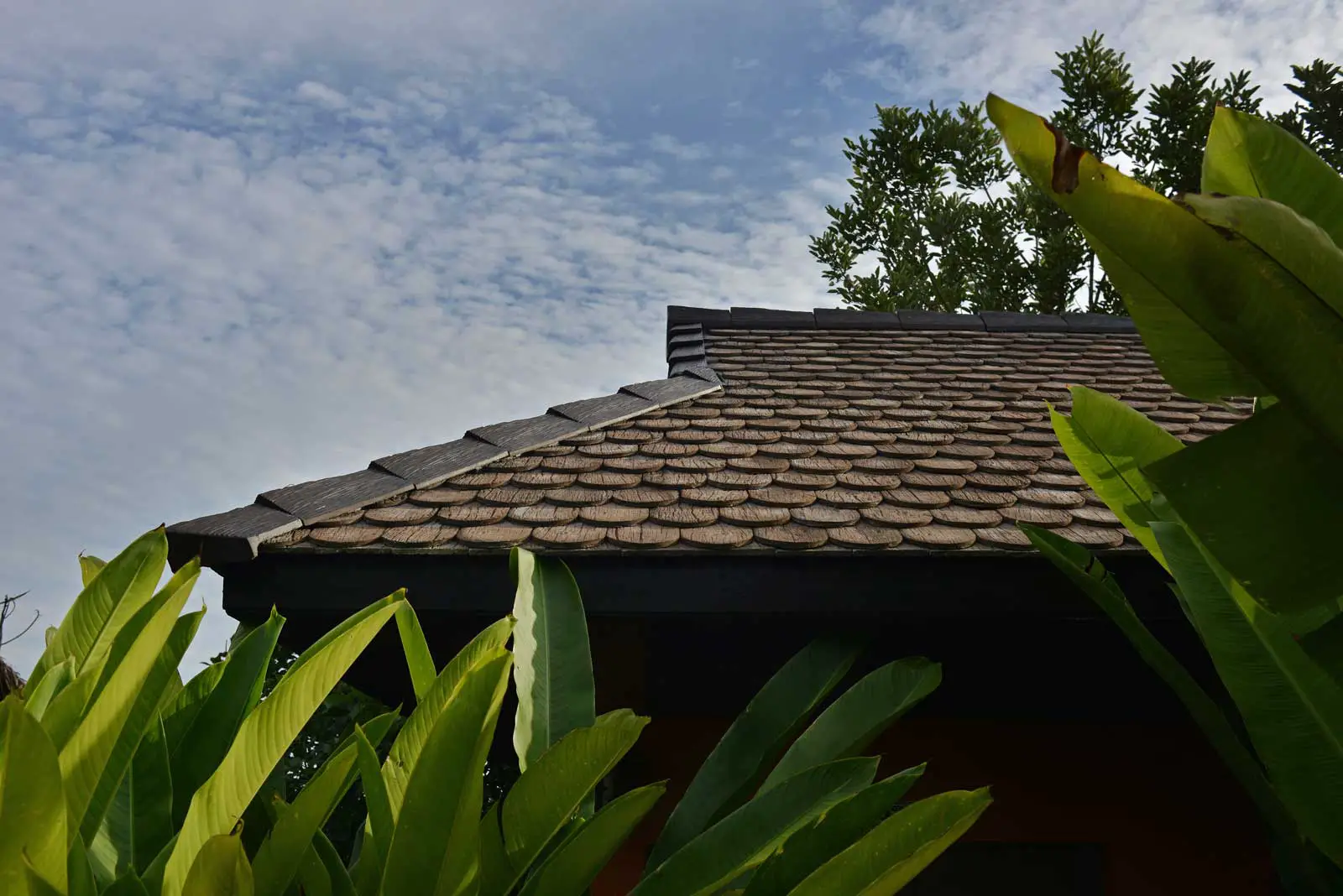 Dutch Gable Roof
Dutch Gable Roof
The Dutch gable roof is a hip roof with a gable at the top. This type of roof is designed with a hip roof and a gable top, providing additional space in your attic along with added stability. Not only does it offer practical benefits, but it also adds an attractive aesthetic touch to your home’s exterior.
The Dutch gable roof is a fantastic choice for areas that experience severe weather conditions like high winds, heavy snowfall, or both. With its unique combination of form and function, this type of roof is highly recommended by experts in the field for those seeking optimal home protection.
Design & Structure of a Hip Roof
The design and structure of a hip roof play a crucial role in its stability, durability, and overall aesthetic appeal. Let’s talk about some of the key elements that make up a hip roof.
How a hip roof is constructed
A hip roof is made up of four sloping sides that all meet at the top or ridge of the roof, which are typically symmetrical each side having two trapezoidal hip rafters and two triangular common rafters.
The hip rafters are connected at the ridge, and they form an angle between 45-60 degrees with the horizontal plane. The main function of these rafters is to provide support to the structure of the roof. The common rafters, on the other hand, span between each hip rafter and support the sheathing and roofing materials that cover them.
The hip and common rafters are joined together at their respective intersections using metal connectors and fasteners before being covered with a layer of sheathing material onto which roofing material would later be added.
The purpose of diagonal bracing
When constructing a hip roof, it’s vital to include diagonal bracing in order to ensure the stability of the structure. This type of bracing is installed in a crisscross pattern between the hip rafters and ridge, providing extra support to distribute the weight of the roof evenly. By doing so, it reduces the likelihood of collapse under heavy winds or snow loads.
The benefits of diagonal bracing extend beyond just increasing stability. Braces also help to minimize lateral forces caused by wind and earthquakes that can cause damage to roofs over time. If these forces are not properly managed, they may lead to irreversible structural damage that can compromise the integrity of your roof.
When installing diagonal braces, it’s crucial to make sure they are secured tightly into place with quality materials. Poorly secured braces can actually weaken rather than strengthen your roof structure over time. It’s recommended that you consult with a professional builder or engineer before proceeding with hip roof construction and diagonal bracing installation.
How a hip roof supports itself
A hip roof is a type of roofing structure that does not rely on load-bearing walls to support its weight. Instead, the weight of the roof is distributed evenly to all four corners of the building, making it self-supporting. This is made possible by the sloping sides of the roof, which transfer the weight of the roof to each corner where it is supported by the walls.
One reason why hip roofs are so popular in construction today is because they provide excellent stability and durability against harsh weather conditions such as high winds and heavy rains. Additionally, this type of roofing design creates an aesthetically pleasing appearance that enhances property value.
When constructing a hip roof, it’s important to consider factors such as pitch (the angle at which the roof slopes) and load capacity (the amount of weight it can support). These factors will impact how much structural support is needed for your specific roofing project.
The role of ventilation and eaves
To ensure optimal temperature regulation and prevent unwanted moisture buildup in your attic, it’s crucial to understand the role that ventilation and eaves play. Having these in place improves air circulation and creates a healthy, stable environment in your attic space.
One important ventilation outlet is the ridge vent, which is commonly installed at the peak of your roof. The ridge vent serves as an outlet for hot, humid air to escape from your home. It does this by creating a natural ‘chimney effect’ that allows stale air to be drawn out of the attic space as cool air enters through other outlets. This process creates a more comfortable living environment and drives down energy bills.
In tandem with ridge vents, soffit vents are typically installed under the eaves around the perimeter of your house. These inlet vents allow fresh, cooler air into your attic space to replace stale hot air sucked out through the ridge vent. They also help control moisture levels and prevent unpleasant smells from accumulating which may cause health issues if left unchecked.
When properly maintained, ventilation via eaves and ridges ensures a balanced airflow within the ceiling cavity providing thermal comfort – meaning temperatures are kept stable even during harsh weather conditions such as extreme heat or cold whether you live in urban or rural areas.
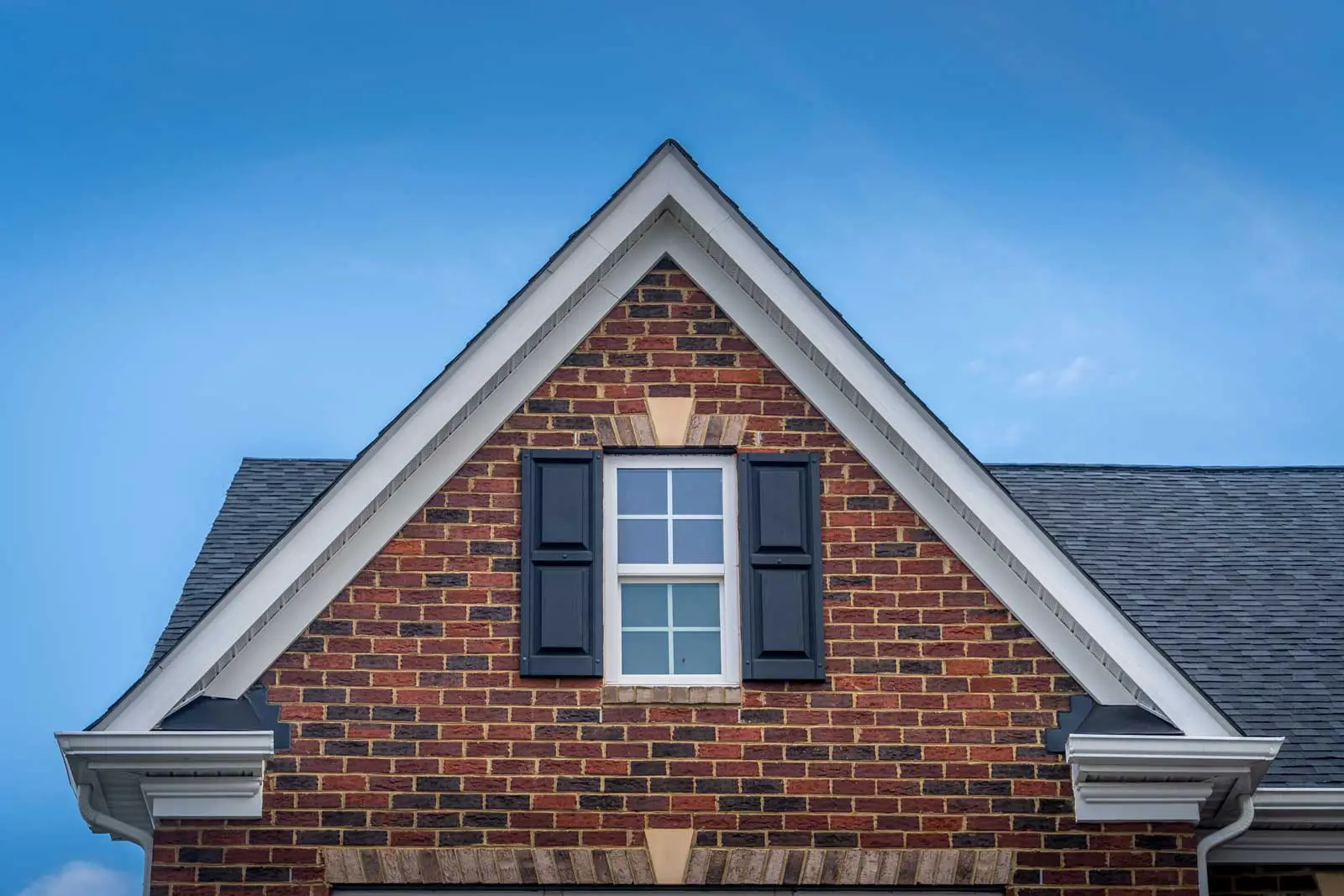 Differences between hip and gable roofs
Differences between hip and gable roofs
When it comes to roofing styles, there are a few key differences between hip and gable roofs. Firstly, while gable roofs consist of two sloping sides that meet at a ridge, hip roofs have four sloping sides that converge at a peak. This design gives hip roofs superior stability in strong winds and provides improved protection against harsh weather conditions.
Probably the biggest aspect of hip roofs is that they offer less usable attic space compared to gable roofs. This is because the steep triangular sides of gable roofs can limit headroom and reduce the amount of functional space available. Gable roofs are more accommodating, providing greater floor-to-ceiling height throughout the attic area.
Advantages of a Hip Roof
A hip roof has several advantages over other roofing types, including its superior structural integrity, wind resistance, and excellent drainage.
Structural integrity
When it comes to choosing a roofing type, a hip roof offers several advantages that make it an excellent choice. One of the most significant benefits of a hip roof is its structural integrity. The design of this type of roof allows for weight loads to be evenly distributed across the entire roof structure. With four sloping sides that work together to provide support and stability, a hip roof is considered one of the strongest and most durable roofing types available. This makes it particularly well-suited for areas that experience heavy snow or wind loads, as it is less likely to collapse under such weight.
Wind resistance
Besides structural integrity, another advantage of a hip roof is its wind resistance. The sloping sides of the roof create a more aerodynamic shape, which reduces wind resistance and makes it more resistant to uplift forces. Additionally, the inward slope of the roof helps prevent wind-driven rain from entering the building, which can cause water damage and other problems.
Excellent drainage
Furthermore, a hip roof has excellent drainage capabilities due to its four sloping sides. Rain and snow are easily channeled away from the roof and down gutters, preventing water from pooling on the surface – which could lead to leaks or other water damage.
Disadvantages of a Hip Roof
A hip roof has its disadvantages as well, and these need to be taken into consideration before deciding whether to choose this type of roof for your building. Here are a couple of the disadvantages of a hip roof.
More expensive to build
If you are considering building a hip roof, it is important to keep in mind that there are some disadvantages to this type of roof design. One main disadvantage is that it can be more expensive to build compared to other roof types. This is because constructing a hip roof requires more building materials and labor, which can significantly increase the overall cost of construction. However, many homeowners find that the benefits of a hip roof, such as increased structural stability and better drainage, make up for the additional cost.
Prone to leaks
Another disadvantage of a hip roof is that it can be prone to leaks. The intersection of the hips and valleys creates areas where water can collect and potentially leak into the house. It is crucial to ensure that the roof is properly designed and installed, and regular maintenance should be carried out to address any potential issues.
Limited attic space
A hip roof typically has a smaller attic space compared to other roof types due to its sloping sides. This may not be an issue for some homeowners but those who require additional storage or living space in their attic may need to consider alternative roof designs.
| Advantages | Disadvantages |
|---|---|
| Structural integrity | More expensive to build |
| Wind resistance | May be more prone to leaks |
| Excellent drainage | Limited attic space |
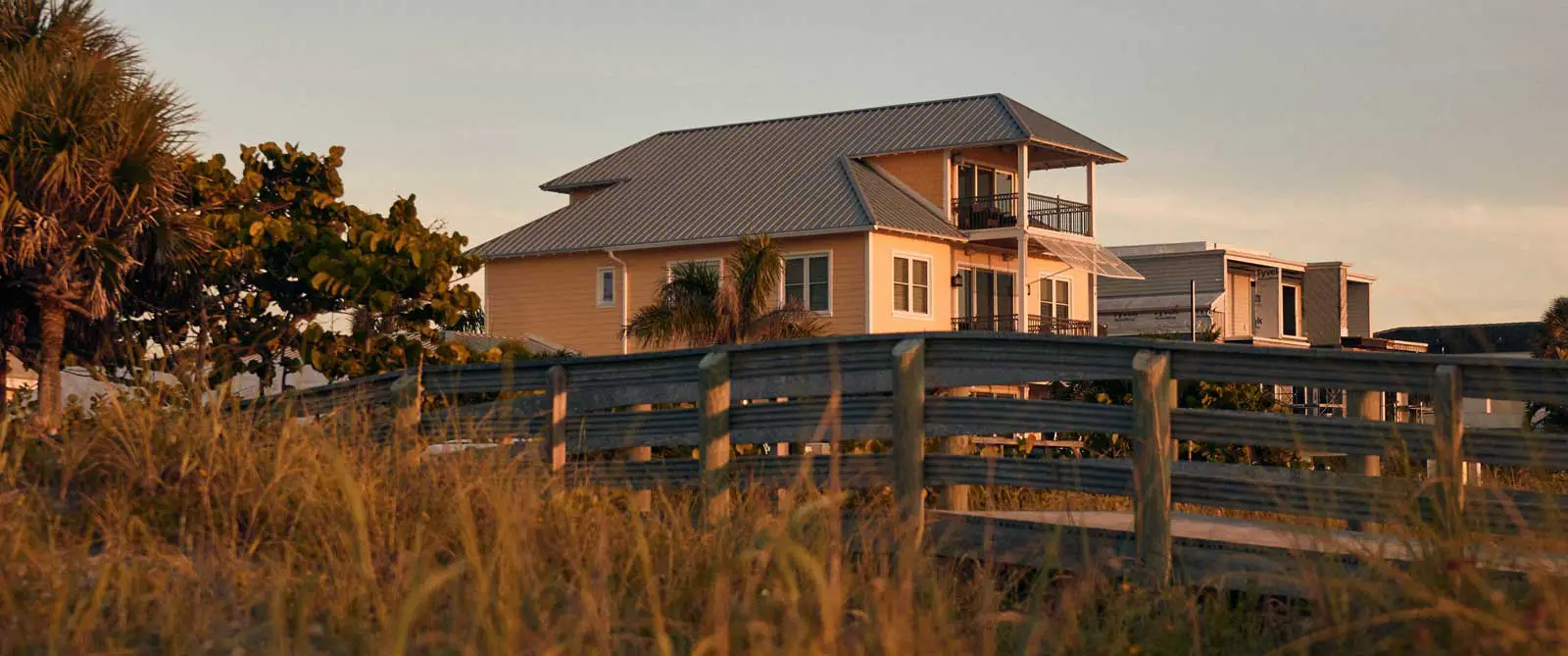 Hip Roofs and Extreme Climates
Hip Roofs and Extreme Climates
Hip roofs can be a great choice for homeowners looking for a durable and weather-resistant roofing option. In extreme climates, such as areas with high winds, heavy snowfall, or hurricanes, hip roofs can offer superior protection compared to other roofing types.
Hip roofs in areas with high winds
For homeowners in areas with high winds, hip roofs are a great option. The design of a hip roof makes it more aerodynamic and less likely to be damaged during windstorms. Additionally, the four sloping sides provide better support against uplift forces caused by high winds. However, proper construction with the correct bracing and fasteners is crucial to ensure that the hip roof withstands these extreme conditions.
Hip roofs in areas with heavy snowfall
In areas that experience heavy snowfall, hip roofs can also be suitable. The four sloping sides of a hip roof help prevent snow from accumulating on the roof and reduce the weight load on the structure. This design also facilitates shedding of snow from the roof which prevents excessive weight accumulation. Adequate insulation and ventilation must be installed properly in these regions to prevent any snow-related issues such as ice dams.
Hip roofs in hurricane-prone regions
Hip roofs are an excellent choice for hurricane-prone regions due to their better protection against wind damage. The four sloping sides offer more stability and support against high winds reducing the likelihood of tearing off during hurricanes. Proper construction compliant with local building codes and hurricane-resistant standards is essential for a hip roof in such areas. It must include proper bracing, anchoring, and fastening to withstand high wind speeds and flying debris associated with hurricanes.
Hip Roof Maintenance
Hip roofs are known for their excellent drainage and durability, but like any roofing system, they require regular maintenance to ensure they continue to function properly. In this section, we will discuss the common issues that can arise with hip roofs, provide tips for maintaining a hip roof, and address the question of whether or not hip roofs are prone to leaking.
Common issues with hip roofs
One issue that often arises with hip roofs is the accumulation of debris such as leaves and branches in the valleys of the roof. This can impede water flow and cause water to back up under shingles, leading to leaks. Extreme weather conditions like high winds or heavy rain can also damage shingles or other roofing materials.
Tips for maintaining a hip roof
To maintain your hip roof, inspect it at least once a year and after any major storms or extreme weather events. Remove any debris that has collected on the roof and in gutters to prevent water buildup. Repair damage to shingles or other roofing materials as soon as it is noticed to prevent more serious issues from developing.
Dealing with water penetration risks
To maintain your hip roof, inspect it at least once a year and after any major storms or extreme weather events. Remove any debris that has collected on the roof and in gutters to prevent water buildup. Repair damage to shingles or other roofing materials as soon as it is noticed to prevent more serious issues from developing.
If not properly maintained, hip roofs can leak due to damaged shingles or other roofing materials, clogged gutters or valleys, and poor installation. To prevent leaks from occurring in your hip roof, make sure to perform regular maintenance tasks such as clearing debris and repairing damage right away.
Examples of Hip Roofs
Hip roofs are popular among homeowners and builders due to their structural integrity and elegant design. In this section, we will provide examples of hip roofs and their variations.
Pictures of a Hip Roof
A picture is worth a thousand words, and this is particularly true when it comes to hip roofs.
Next Steps
Want to join others who are creating the most amazing home redesigns & renovations and get more tips, tricks and hacks on how to make your home the best it can be?
Join my brand new free private Facebook group, Remodel Reality to connect with other people like you to make your space the best!
